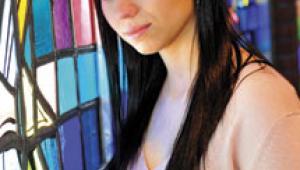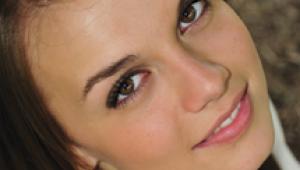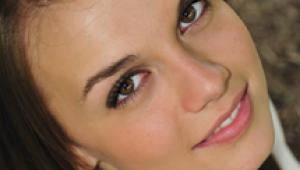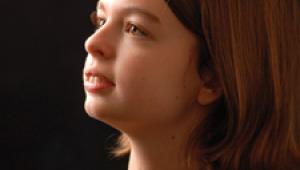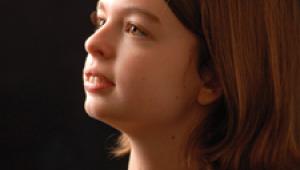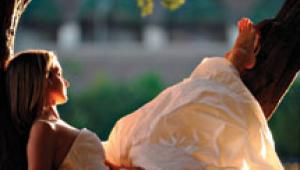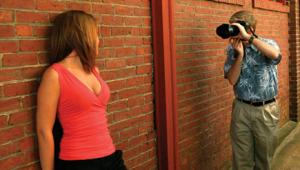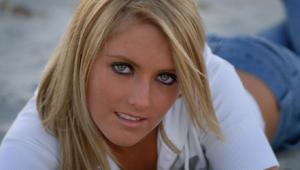Photojournalistic Wedding
Try B&W For Your Candids
What started as a trickle
has become a full-fledged stream. Just a few years back, black and white
candids were unheard of at weddings. Then, as the visually sophisticated
public began seeing how distinctive black and white photos looked in
the ads in lifestyle magazines, we started getting a few requests. Each
year, we had more clients requesting black and white coverage in addition
to the color photography. Now, we shoot black and white at almost every
wedding. My experience is mirrored by other photographers across the
country. |
|||
If you're rather new
to shooting and have cut your teeth on color negative films, go out and
shoot a few rolls of black and white for practice before trying it on
a client. While it may seem obvious to most of us, shooting in black and
white requires a whole new mindset. You have to learn to "previsualize"
a scene in shades of gray, and you've got to do it in a hurry. This
ain't Ansel Adams here. By the time you've set up the 8x10
camera, metered the scene, determined the filtration, figured the exposure
and development times, and loaded the film, the wedding is over. You've
got to shoot fast, like you were covering a news event or maybe Sharon
Stone's shirt opened for half a second and you got it. Think "decisive
moment" vs. pristine landscape. Be more concerned with capturing
emotion than perfect light. Forget posing and capture people how they
really are. Go for the three Es--Expression, Emotion, and Excitement.
Shoot the "formals" and groups in color so Grandma can get
her 5x7. Shoot the candids and "artsy" stuff in black and
white. |
|||
As far as films, my current
favorites are Kodak T400CN film, a cousin to Ilford's XP2 chromogenic
film, and Kodak TMZ3200. I like the CN film because I can bring it to
my local lab and they can run it through their C-41 processor right next
to Aunt Millie's color pictures of her cat--only mine won't
have the horrendous redeye. Then they can print it on color paper as black
and white or dial in a "browntone" or sepia look to it. Kodak
even makes a special Ektamax paper for proofing purposes for this film.
I used to have my prints made with a toned look, but I found the labs
I was using to be very inconsistent, so I now just stick to black and
white. |



